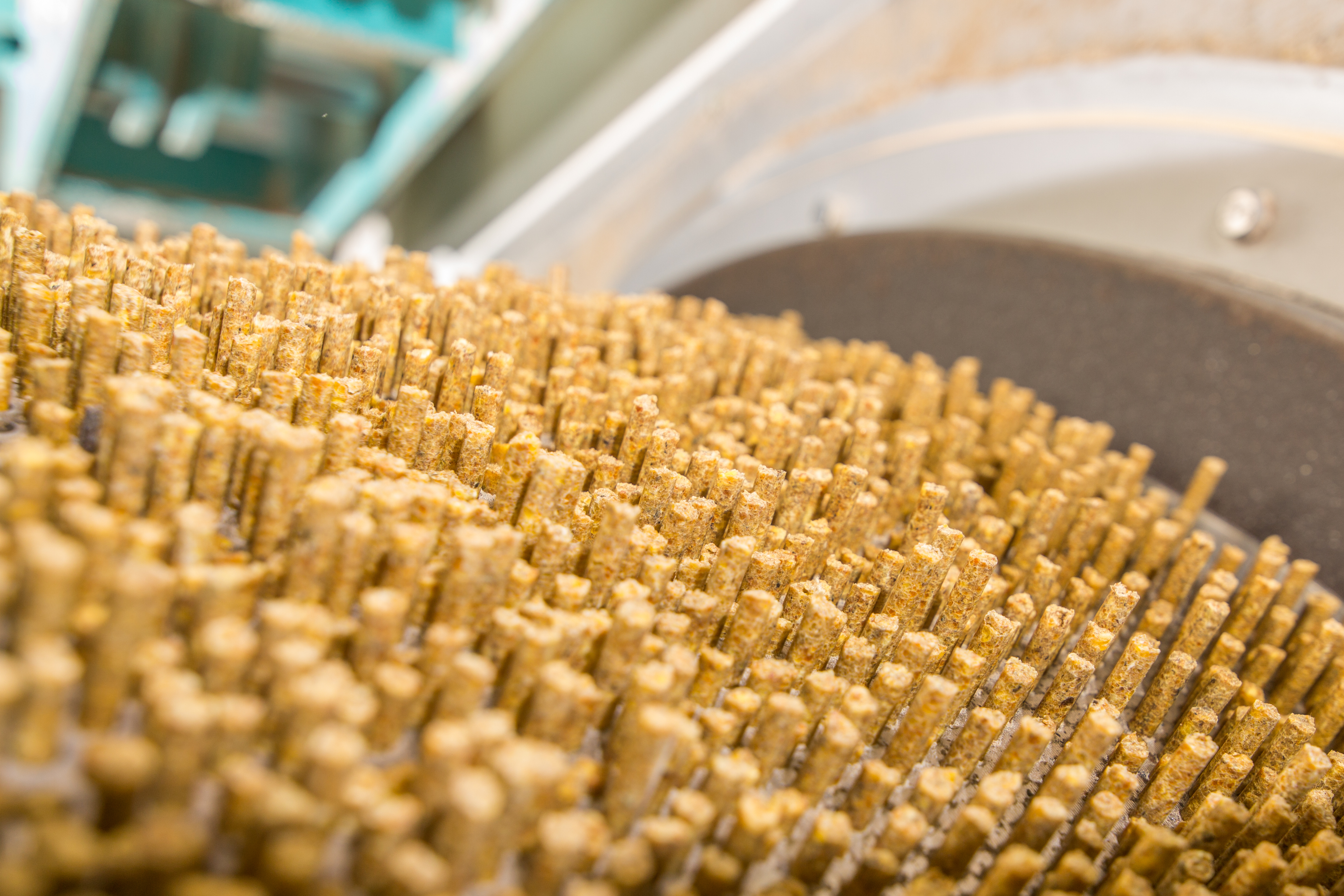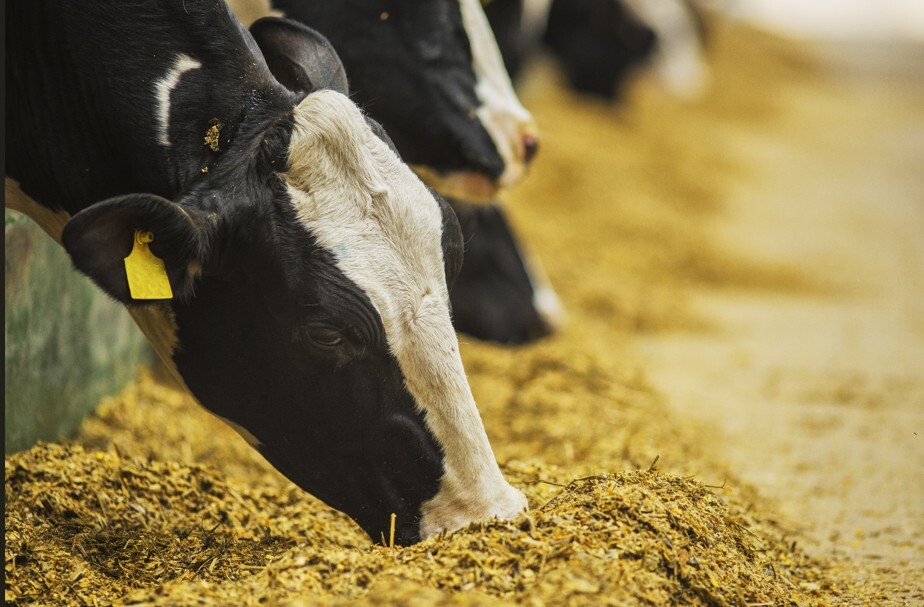The feed milling industry is under continuous pressure to meet growing demand while maintaining efficiency, cost-effectiveness, and sustainability. Pellet Quality issues to energy consumption, feed mills face numerous challenges daily. However, these challenges also present unique opportunities for optimisation that can enhance operational efficiency, product quality, and profitability. By addressing key issues such as moisture control, pellet quality, process automation, and energy efficiency, feed mills can turn obstacles into opportunities for growth and innovation.
Moisture Management: Losses to Gains
Moisture management is one of the most significant challenges in feed milling. Improper control can lead to poor pellet quality, increased spoilage, microbial contamination, and energy wastage. Yet, with the right approach, moisture management can become a powerful optimisation tool.
The Challenge:
- Moisture Loss: During various stages of production, such as particle size reduction, mixing, and pelleting, moisture loss is common. This leads to reduced pellet durability, and increased energy consumption during the pelleting stage. Moreover, excessive moisture can result in spoilage and the growth of harmful microorganisms, such as moulds and bacteria.
- Shrinkage and Financial impact: A feed mill can lose up to 3% moisture during processing, which directly affects production yield and profitability.
The Opportunity:
By optimising moisture by introducing newly developed esterified surfactants, and organic acid blends during mixing, feed mills can significantly improve finished feed moisture retention, reduce microbial growth, and improve pellet durability. These improvements lead to higher quality feed, reduced waste, and significant cost savings.
Validating precise moisture control during feed processing results, monitoring energy consumption, ensuring the quality, and an overall increase in production efficiency can all be achieved to maximise the feed mill's continued productivity.
Pellet Quality: Turning Challenges into Competitive Advantage
Pellet quality is at the heart of feed production. Poor pellet quality, characterised by high levels of fines, brittle pellets, or uneven sizes, not only leads to wastage but also reduces feed efficiency for animals. Consistent, durable pellets ensure that the feed reaches its destination intact and delivers necessary nutrients to livestock.
The Challenge:
- Inconsistent pelleting: Feed mills often struggle with inconsistent pellet quality due to variations in feed formulation, improper particle reduction, or poor die and roller maintenance or setup, and ineffective hot conditioning. This can result in higher percentages of fines, reduced pellet durability, and compromised nutrient retention.
- Increased wear and tear: Equipment such as dies and rollers wear out overtime, leading to suboptimal pellet formation, variable delta T, and higher energy consumption.
The Opportunity:
Improving pellet quality can be achieved through several optimisation techniques, such as optimising particle reduction processes, regular equipment maintenance, and feed conditioning with the right moisture and temperature levels. The correct levels of moisture at the mixing stage, and optimum hot conditioning helps soften feed particles, improving steam uptake, gelatinises starches, and improves binding. These attributes lead to more durable and digestible pellets.
By focusing on preventative maintenance, feed mills can reduce equipment wear, minimise downtime, and ensure consistent pellet quality. Additionally, feed mills can use predictive models to monitor and adjust parameters in real time, ensuring optimal performance throughout the production process. These approaches not only improve pellet quality but also reduce energy consumption and increase throughput.



